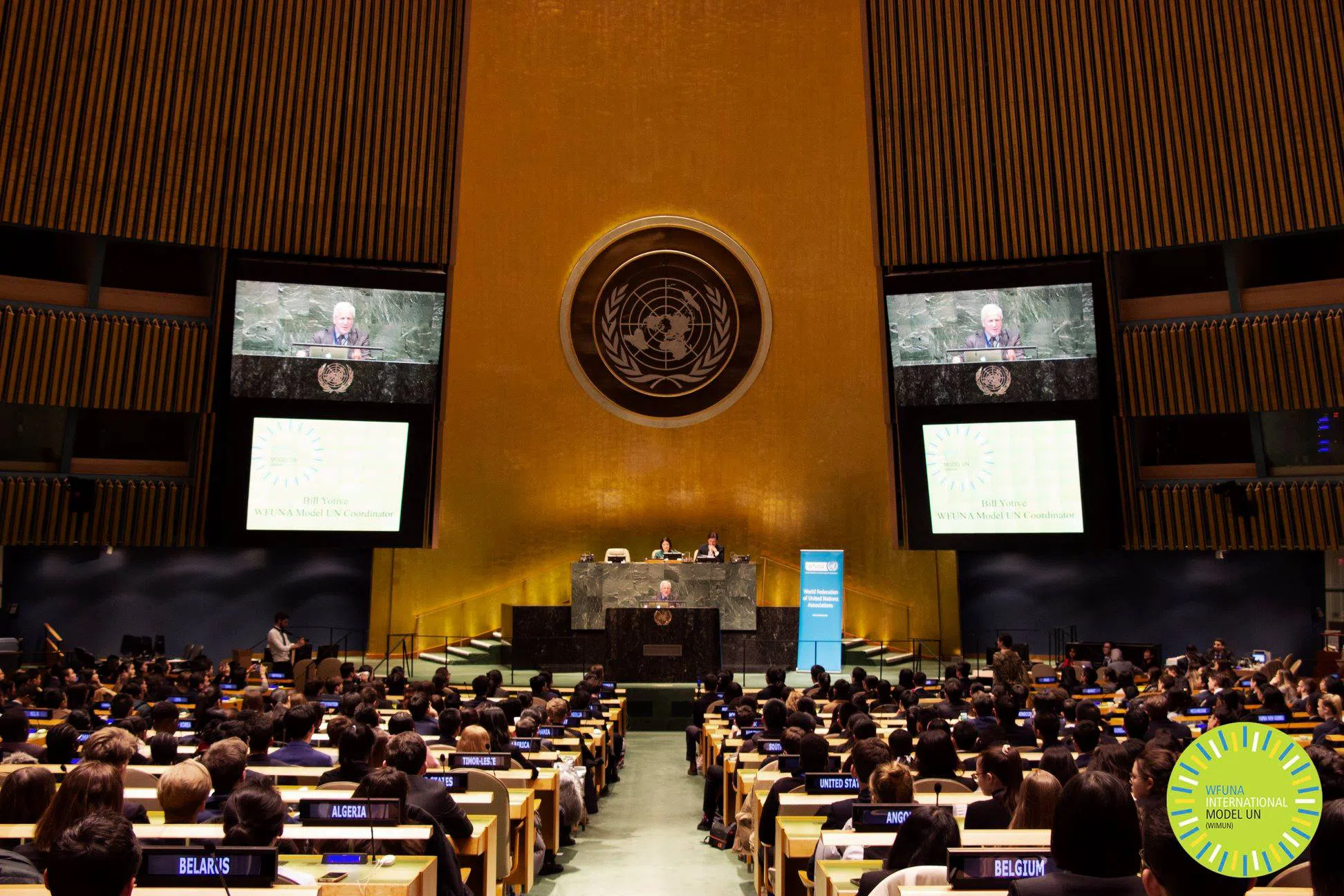Conference Management 102
What are the most important aspects of organising a conference?

Introduction
The successful running of any conference is dependent on successful planning along a variety of issues that all conferences face. Issues of logistics, delegate registration, marketing, chair recruitment and the structure of your team face all conferences regardless of size. In this article, we will outline the main aspects that need to be faced followed by going in depth further in subsequent articles.
Objectives
The first thing you need to analyse are your aims for the conference: how many delegates and committees do you intend to have?
It is important to have realistic expectation of what you can achieve. This is especially important in the first edition of your conference. As stated in the previous article, it is not helpful to have unrealistic expectations of what you can achieve. Be realistic in your objectives and what you believe is achievable.
It is important to have realistic expectation of what you can achieve. This is especially important in the first edition of your conference. As stated in the previous article, it is not helpful to have unrealistic expectations of what you can achieve. Be realistic in your objectives and what you believe is achievable.
Hierarchy and Leadership
Once you have an idea what are your principal objectives you can start thinking about the structure of your team. Most conferences will have differing structures dependent on the location of the conference. For example, while many conferences are organised at and by a certain university, there are plenty of conferences, especially in mainland Europe, in which there is a host team that focuses on the logistics of the conference and a separate Secretariat which will focus on the academic aspects of the conference: the recruitment of chairs, the allocation of committees the management of study guide creation etc.
Each of these positions will vary from conference to conference with many conferences adding more positions and sub-categories to these positions. One trend that I have seen amongst many conferences is the presence of large secretariats. Personally, I do not understand the purpose of having 20 secretariat members for a conference which has 200 delegates.
However, most conferences will take place at a university and will be organised by a team from that university. Here is the typical structure for these conferences:
- Secretary-General: leader of the conference that is ultimately responsible
- Deputy Secretary-General: as above, deputy leader of the conference
- Under Secretary-General for Chairing: responsible for the recruitment of chairs and the creation of study guides
- Under Secretary-General for Applications: responsible for the allocation of delegates to various committees
- Under Secretary-General for Finance: responsible for the budgeting and the tracking of payments
- Under Secretary-General for Communications: responsible for the marketing of a conference through newsletters and social media channels
- Under Secretary-General for Logistics: responsible for the purchasing of logistical materials for the conference from lanyards and bags to organising social events.
Each of these positions will vary from conference to conference with many conferences adding more positions and sub-categories to these positions. One trend that I have seen amongst many conferences is the presence of large secretariats. Personally, I do not understand the purpose of having 20 secretariat members for a conference which has 200 delegates.
For one conference I organised with over 1000 delegates, we only had 10 people on our secretariat and were able to run a successful conference. Having too many people on your secretariat can cause issues of man management in which you end up spending too much of your time managing your team, solving arguments and problems caused by having too many people rather than focusing on the quality of the conference.
Budgeting
So you’ve created your team and you’re ready to start organising everything. The first thing you must consider is the budget for a conference. One thing I’d state regarding this is that surprisingly you can run a successful conference with very few funds. Having a massive budget is not a requirement to run a successful conference. Indeed, being sustainable with the funds that you might have gained is vital to the running of a conference over several years.
Naturally, depending on the size of your conference and the facilities that you might have at your disposal, you will have to consider different venues and themes for socials. For example, if you are organising a large conference, it is commonly not practical to organise a dinner social. Very few venues are able to cater for several hundred if not thousands of delegates, therefore it is a trend amongst large conferences to only have drinks receptions or club nights.
Conclusion
The initial steps of organising a conference from determining the leadership structure of a conference to budgeting are vital to the potential success or indeed failure of your conference. Having a solid team and budget is crucial to whether your conference will succeed. Personally, I would avoid having overly large teams, this often causes confusion and arguments between team members which results in a lack of time spent towards actually organising and managing your conference.
In the next article, we will be looking at the academic side of the conference from recruiting chairs to determining topics that should be debated.
 George Mullens
George Mullens